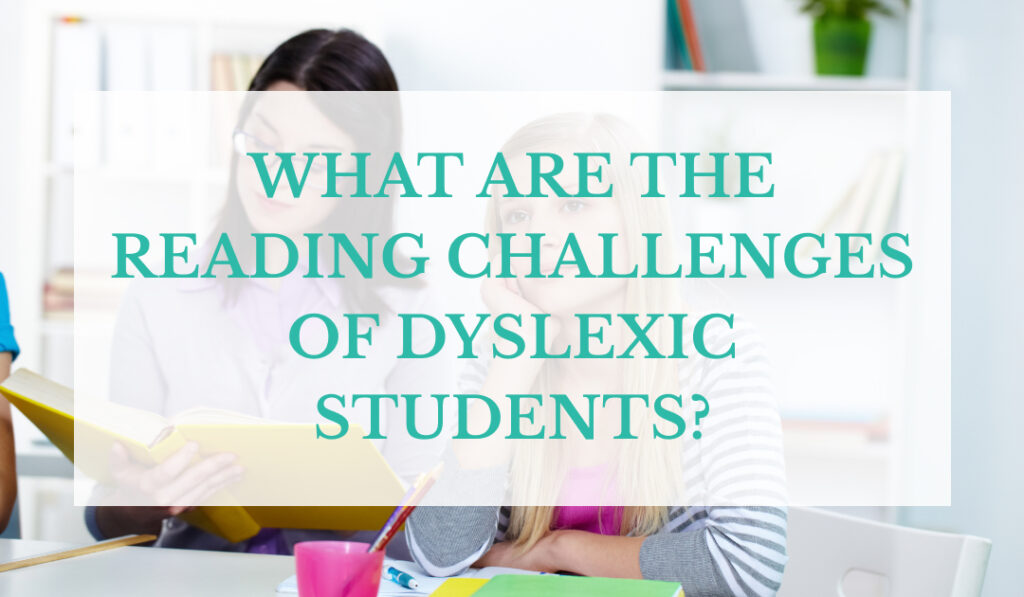If you are a parent of a child with dyslexia, you might be concerned about the future of your child and how you can help him/her build confidence, improve reading skills and reach their full potential. The good news is that with the right guidance from the Toronto Tutor, you can support your child with dyslexia. In this blog post, we’ll explain what dyslexia is, how it affects reading skills and what approach can be used to improve reading skills.
What is Dyslexia?
Dyslexia is a common learning difficulty that affects a child’s ability to read and understand what they read. Children with dyslexia often read slowly and make mistakes. However, when other people read to them, they have no problem understanding. This highlights the fact that dyslexia isn’t a lack of intelligence but a difference in language processing. If you suspect that your child has dyslexia, you can get tutoring services for your child to improve their reading, writing, and spelling skills. To overcome learning difficulties, Orton Gillingham Tutor comes in to help dyslexic students.
How Does Dyslexia Affect Reading Skills?
Dyslexia makes reading comprehension harder for dyslexic students because of problems with word recognition. When there are reading problems, children have difficulty identifying speech sounds and relating or connecting these to their corresponding letter symbols, making it difficult for them to read fluently and accurately. Apart from reading, dyslexia also affects a child’s ability to write and spell.
Children with dyslexia need frequent, explicit, phonological and phonemic awareness and a systematic approach, often referred to as Orton Gillingham Approach, which is used to support students with dyslexia. You can get tutoring in Toronto based on Orton Gillingham’s Approach for your child with dyslexia. Dyslexic students require phonics to learn how letters and sounds relate. This is where tutors can support them improve their reading skills.
Reading Challenges Faced by Dyslexic Students
The following are the most common reading challenges faced by dyslexic students:
- Children with dyslexia often struggle to identify and manipulate the sounds of language. It makes it difficult to recognize the sounds that form language, mix them together to form words, identify words, sound them out and decode them.
- They face difficulty when making connections between letters and their sounds.
- Due to difficulty in phonological processing and word identification, it takes more effort to decode the language. As a result, they find it difficult to read a text and comprehend its meaning.
- It is difficult for dyslexic students to have enough knowledge of vocabulary.
Orton Gillingham Approach for Dyslexic Students
Orton Gillingham’s approach is designed to support struggling readers by teaching them the connection between letters and sounds. It focuses on teaching kids with dyslexia to read at the word level. Orton Gillingham’s approach uses different learning senses to support dyslexic kids’ learning ability. Orton Gillingham Tutors firstly assess the student’s ability to read and areas of strengths and weaknesses.
Tutors follow a highly structured approach that teaches skills in a specific order. This sequence depends on how a child develops language naturally. For instance, tutors help students in making the connection between sounds and letters. The next step is identifying those sounds in letters. Students have to become proficient in each skill before they move on to the next. If a student doesn’t understand anything, the tutor will reteach that skill. The aim is for students to use the skill they have learned to decode words without anyone’s help.
The blog post outlines a few reading challenges faced by dyslexic students. If you find your child with dyslexia and is struggling to learn to read, write and spell, then you can receive support from tutors at Class In Session for your child.
